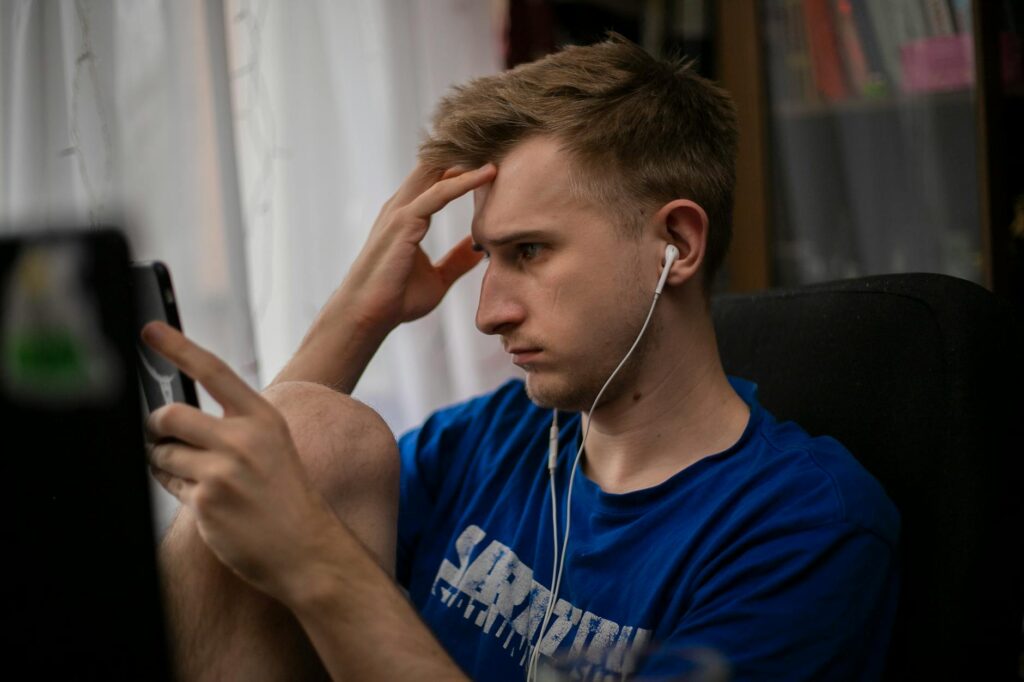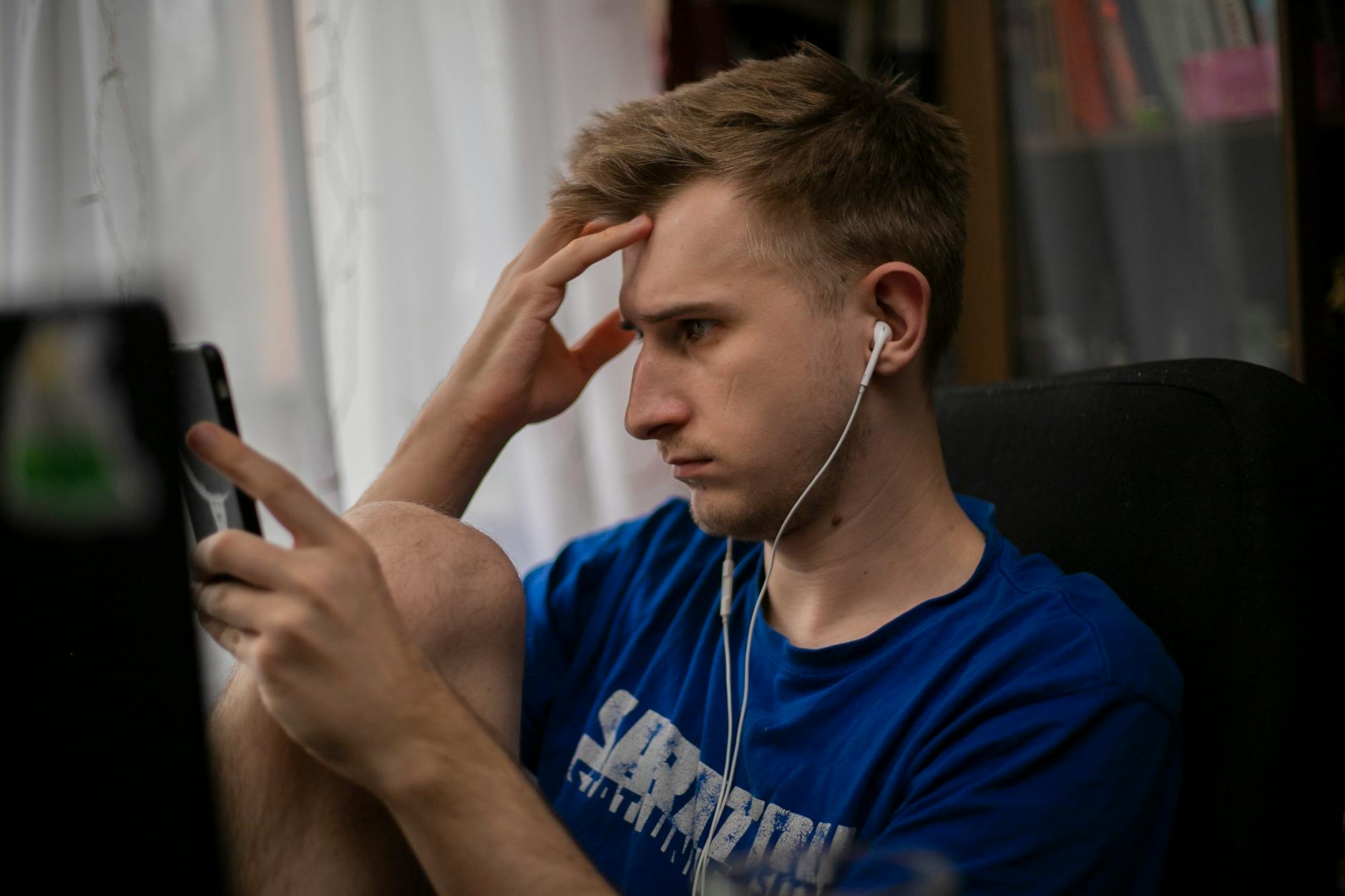What is passive consumption?

What is passive consumption?
In today’s fast-paced world, where information is just a click away, passive consumption has become a common habit. With the rise of social media, streaming platforms, and endless online content, we often find ourselves consuming information without much thought. But what exactly does passive consumption mean, and why should it matter to you?
Passive consumption refers to the act of absorbing content without active engagement or reflection. It’s similar to watching a movie without thinking about its themes or implications. In our modern society, this can manifest in various forms, from binge-watching series on Netflix to mindlessly scrolling through social media feeds.
Defining Passive Consumption
Passive consumption occurs when individuals consume content passively, often without critical thinking or engagement. This can include watching television shows, scrolling through social media, or even reading articles without absorbing or interacting with the material. The primary characteristic of passive consumption is that it requires little to no effort from the consumer. This creates a sense of ease but can lead to negative consequences over time.
Characteristics of Passive Consumption
- Minimal Engagement: One of the most defining traits is the lack of interaction with the content. For example, you might watch a video but not comment or share it.
- Mindlessness: Passive consumption often involves zoning out or losing track of time. You might realize you’ve watched an entire season of a show without being aware of it.
- Repetitive Patterns: People tend to gravitate toward familiar content, leading to repetitive viewing or reading habits that further entrench passive behavior.
Forms of Passive Consumption
Passive consumption can take many forms. Here are a few common examples:
- Media Consumption: Watching TV shows or movies without engaging critically with the material can take hours without adding real value.
- Social Media Scrolling: Endless scrolling through feeds can lead to information overload and feelings of inadequacy or anxiety. The design of platforms encourages passive engagement, keeping users hooked without offering meaningful interactions.
- Mindless Shopping: Browsing e-commerce sites without the intent to buy can result in wasted time and impulse purchases.

Photo by Наталия Митрофанова
Impact of Passive Consumption on Productivity
Though passive consumption can seem harmless, it can significantly impact your productivity and personal development.
Time Wasted on Passive Consumption
Statistics show that the average person spends over 2 hours a day on social media alone. This equates to over 30 days a year, which could be spent on more productive activities. Studies indicate that passive consumption can lead to diminished productivity and focus, making it vital to assess how you spend your time.
Effects on Mental Health
Engaging excessively in passive consumption can lead to various mental health issues. It can cause feelings of anxiety, fatigue, and even depression. When we consume information mindlessly, we might become overwhelmed and unable to process our thoughts and feelings effectively. This disconnect can result in low motivation and a lack of fulfillment in our daily lives.
Transforming Passive Consumption into Active Consumption
The good news is that you can shift from passive consumption to active engagement with a few conscious strategies.
Mindful Consumption Techniques
- Set Limits: Establish time limits for consuming media. This encourages you to be more selective about what you watch or read.
- Be Intentional: Choose content that aligns with your goals or interests. Instead of passively scrolling, ask yourself what you hope to gain from your media consumption.
Leveraging Passive Consumption for Growth
While passive consumption often has negative connotations, it can also serve as a tool for personal development. For instance, listening to educational podcasts or audiobooks can enrich your knowledge while still being a passive activity. By consciously selecting content that educates or inspires you, you can transform passive consumption into a growth opportunity.
Conclusion on Passive Consumption
In summary, passive consumption is a prevalent habit that can lead to wasted time and negative mental health outcomes. However, by recognizing its characteristics and impacts, you can take steps to transform it into a more active and beneficial practice. Reflect on your consumption habits, and consider how you can infuse more intention and engagement into your daily routines. The power to change is in your hands—make your consumption count!